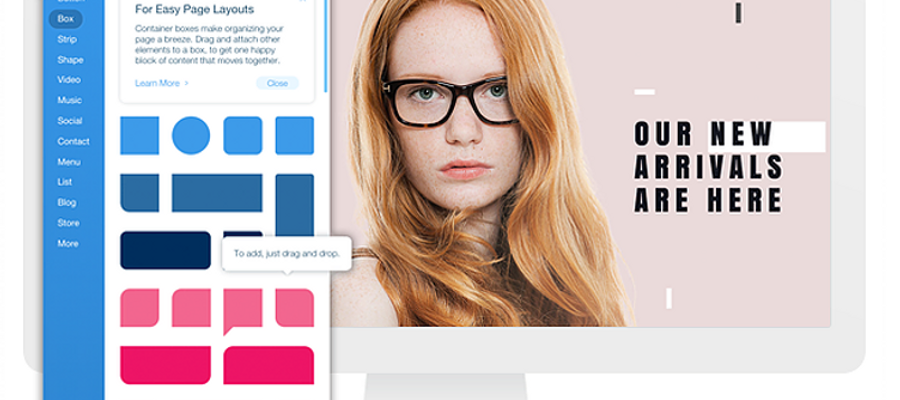Recruiting designers can be a confusing and complex task in the current world we live in, especially for those of us that aren’t designers ourselves! At the end of last year it was revealed that design skills contribute £209bn to the UK economy, and it’s no surprise that in the digital age this is one of the most rapidly evolving markets.
Digital design encompasses a variety of focus areas- UX, UI, product, web – the list goes on. Thousands of new designers graduate every year from university, the number of self-taught designers is increasing and online courses are becoming more popular. It is therefore more important than ever to know how and what to look for in finding the best design candidate for your requirement. If you are a designer, it may also be useful to know what key things companies are looking for!
Whether you are using the services of a recruiter, specialist job boards or LinkedIn – here are some great tips for when shortlisting and interviewing:
CV and Portfolio
When it comes to a designer’s CV and portfolio, there will be some differences depending on the type of designer, but some of the best designers I speak with actually have plenty in common. A CV is one of the first opportunities for candidates to show off their design skills and the initial attraction will always come from an eye-catching CV. Put simply, it’s unique and stands out. The content is important, but if you’re a designer it’s always great to see a visual example of the effort and passion for what you do. It’s also an exciting preview to that all important portfolio!
Looking at a portfolio can be invaluable for hiring managers because it acts as a snapshot of one’s day to day. This is an opportunity unique to designers as it’s unlikely for a traditional marketer to have the same quality of work examples on hand. What to look for? Design portfolios should be uncluttered and clean. Examples of work should be user centric, have purpose, and a designer should have a substantial sample of work where possible. Although designers are often bound by an NDA, it is important to keep relevant and up to date sample work. Great design candidates often have their own websites (opposed to PDFs alone) which is a great way to see working examples.
Some of the biggest differences amongst design portfolios comes down to the type of designer they are. A UI design portfolio might feature examples of visual web pages and apps whereas although visual is still important, a UX design portfolio will likely show more around the thought process, methods, wireframes and prototypes. For candidates, not only does a great portfolio show a hiring manager your design style before you’ve even met, but it can open the door to ample opportunities.
Interview Process
Before beginning an interview process, it is critical for hiring managers to make sure they define why they are hiring and know what they want the designer to be able to do. The process is often different for designers as they are typically required to produce work in early interview stages, which wouldn’t typically be the case for other types of marketing roles. Two to three interview stages is the norm and definitely enough to make that all important hiring decision.
A portfolio and a conversation may not always be enough to assess whether someone is right for the business, so this process may also include a task. The best advice that can be given is to provide enough of a challenge to provoke creativity and excitement, but not so much work that candidates withdraw from the process due to other commitments. It is a competitive market out there, and candidates have plenty of choices. For candidates, consider an interview task as an amazing opportunity to practice, which never hurts! This is also an opportunity to gain insight in to what you may be doing in the role itself – put in the effort to secure that dream role!
Another source of uncertainty can surround what types of interview questions to ask. It can be incredibly difficult to interview a designer when the interviewer isn’t one! Yes, the portfolio looks good but ultimately is it understood what they do and whether they are right for the role? Some key things to aim for include asking about their creative process, how they react to changing demands, the strategy they use, and their decision process. Another good question to ask is what environments they work best in, as culture fit is also incredibly important.
The best interviews are often conversational style, and a quality candidate might come across as being particularly curious, will be able to talk about finding multiple solutions and will have a strong desire to stay on top of what is going on in the industry! Personality is important as well – especially with more and more companies hiring stand alone designers.
Looking to hire a designer for your startup?
Or need a team of designers for your projects?

